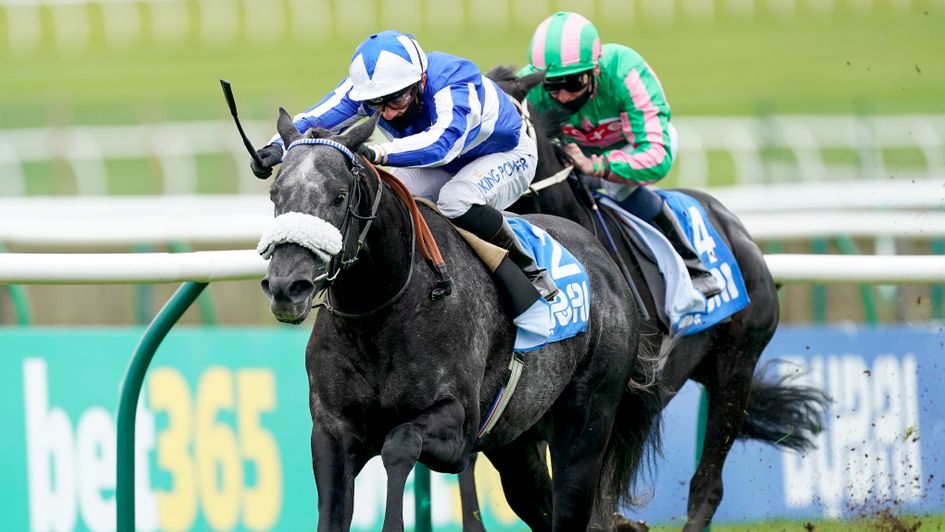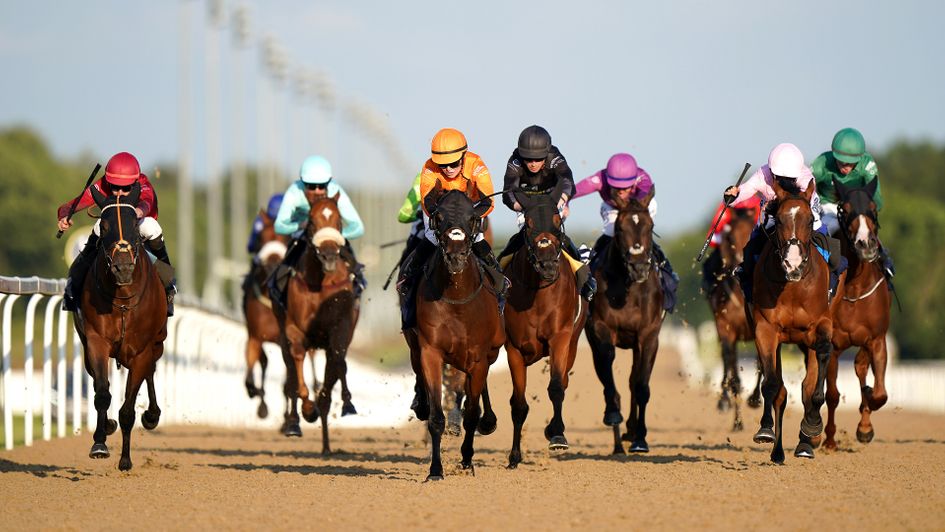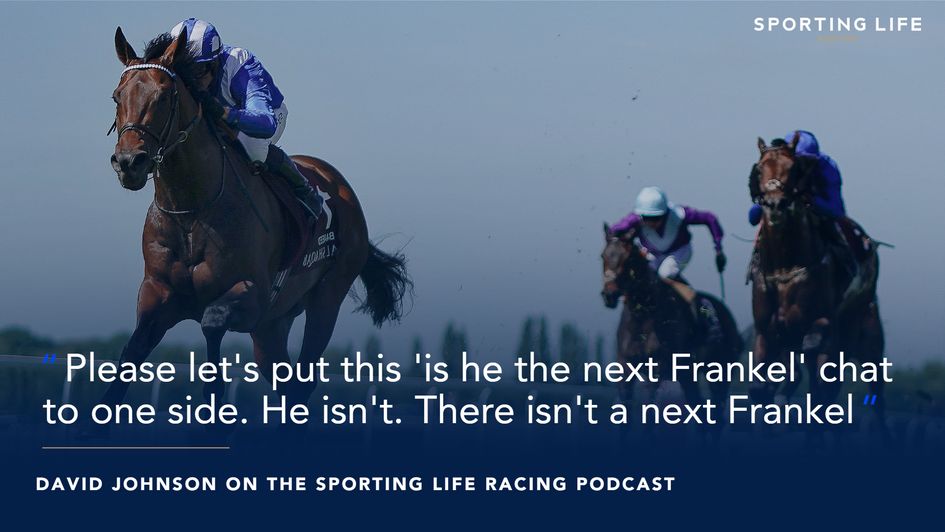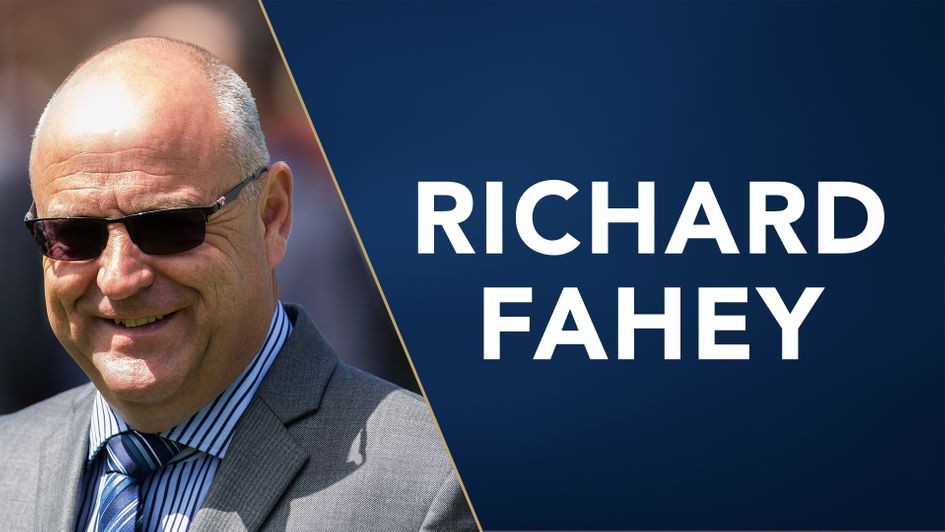Timeform’s in-depth guide to Newcastle, featuring all the key facts and figures ahead of the Northumberland Plate Festival.
Timeform’s Newcastle course guide
Left-handed, oval. Newcastle switched from turf to all-weather during the winter of 2015/16, and like Wolverhampton, the surface it uses is tapeta.
It differs from the majority of the all-weather tracks in that as well as a traditional oval, it has a floodlit straight mile course, which is uphill for the final four furlongs, meaning an ability to see out the trip is essential and those who press on too early can prove vulnerable in the later stages.
Leading active jockeys at Newcastle
Sorted by strike rate in the last five years (minimum 20 rides)
- Jim Crowley 33.93% (19-56)
- James Doyle 29.73% (11-37)
- Marco Ghiani 29.03% (9-31)
- Rab Havlin 27.01% (37-137)
- Ryan Sexton 25.00% (6-24)
Other points to consider
- Ben Curtis is the most prolific jockey at Newcastle in the last five years with 99 winners – P. J. McDonald (82) and Danny Tudhope (74) head the opposition. Curtis has a total of nine rides at the three-day Northumberland Plate Festival, including the smart sprinter Ebro River in Saturday’s Chipchase Stakes (14:25).
- David Probert is operating at a 21.88% strike rate (14/64) at Newcastle in the last five years. Probert has three rides for Andrew Balding on Saturday’s card, namely Happy Power in the Chipchase Stakes (14:25), Auriferous in the Northumberland Vase (14:55) and Valley Forge in the Northumberland Plate (15:30). Probert and Balding are operating at an impressive 39.13% strike rate (9/23) when teaming up at Newcastle in the last five years.

Leading active trainers at Newcastle
Sorted by strike rate in the last five years (minimum 20 runners)
- Charlie Appleby 36.73% (18-49)
- Sir Michael Stoute 33.96% (18-53)
- Harry & Roger Charlton 32.00% (8-25)
- John & Thady Gosden 31.25% (55-176)
- William Haggas 30.34% (44-145)
Other points to consider
- Yorkshire trainer Richard Fahey is the most prolific trainer at Newcastle in the last five years with 97 winners – Jim Goldie (57) and Charlie & Mark Johnston (51) head the opposition. Fahey has 10 runners at the Northumberland Plate Festival, including the promising two-year-old Clearpoint in Saturday’s novice event (16:03).
- William Haggas is operating at a 30.34% strike rate at Newcastle in the last five years. Haggas has four runners at the Northumberland Plate Festival, including My Astra in Friday’s Hoppings Fillies’ Stakes (19:10) and Sense of Duty in Saturday’s Chipchase Stakes (14:25). That pair will both be ridden by Tom Marquand, who is operating at a 19.44% strike rate (7/36) when teaming up with Haggas at Newcastle in the last five years.
Running style
The tactical advantage front-runners have in any given race, both on the Flat and over jumps, should never be underestimated. For example, if you had backed every horse who recorded a Timeform EPF (Early Position Figure) of 1 in British Flat races since the start of the 2017 season, you would be operating at a strike rate of 17.98% and celebrating a profit of over 21,000 points at Betfair SP.
By contrast, the statistics tell us that backing hold-up horses simply doesn’t pay in the long run. Horses who recorded an EPF of 4 (towards rear) in British Flat races during the same period have a strike rate of 7.54%, while horses who recorded an EPF of 5 (in rear) have performed worse still with a strike rate of just 5.51%.
- Timeform EPFs range from 1 to 5 and help to explain where a horse was positioned during a race. An EPF of 1 is recorded by a horse who led and an EPF of 5 is recorded by a horse who was held up.
It’s worth pointing out that these figures can vary drastically from one course to the next. At one end of the spectrum there is Epsom, where front-runners have a strike rate of 27.38% since the start of the 2017 season, and at the other end there is Ascot, where front-runners have a strike rate of just 10.80% for the same period.
When looking at the overall data, Newcastle appears to have far more in common with Ascot than it does Epsom.
For context, horses who recorded an EPF of 1 have a strike rate of 14.08% in all Flat races run at Newcastle since the start of the 2017 season. That leaves just six Flat tracks in Britain where front-runners have a poorer record, namely Ascot, Doncaster (12.85%), Ayr (13.43%), Wetherby (13.64%), Newbury (13.79%) and Wolverhampton (13.94%).
Nevertheless, it’s once again worth pointing out that front-runners still have a better strike at Newcastle than horses who recorded an EPF of either 2 (11.66%), 3 (9.10%), 4 (8.85%) or 5 (9.08%).
More from Sporting Life
- Racecards
- Fast results
- Full results and free video replays
- Horse racing news
- Horse racing tips
- Horse racing features
- Download our free iOS and Android app
- Football and other sports tips
- Podcasts and video content
Safer gambling
We are committed in our support of safer gambling. Recommended bets are advised to over-18s and we strongly encourage readers to wager only what they can afford to lose.
If you are concerned about your gambling, please call the National Gambling Helpline / GamCare on 0808 8020 133.
Further support and information can be found at begambleaware.org and gamblingtherapy.org.












